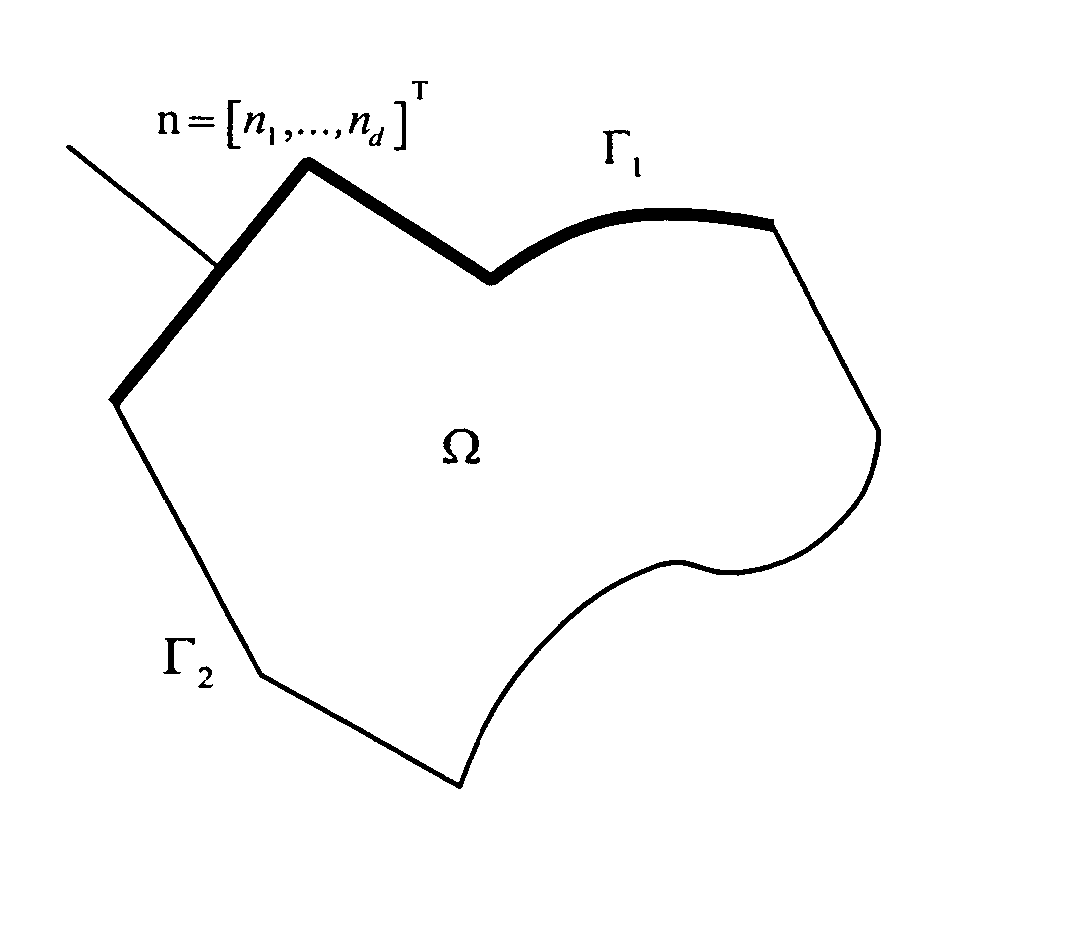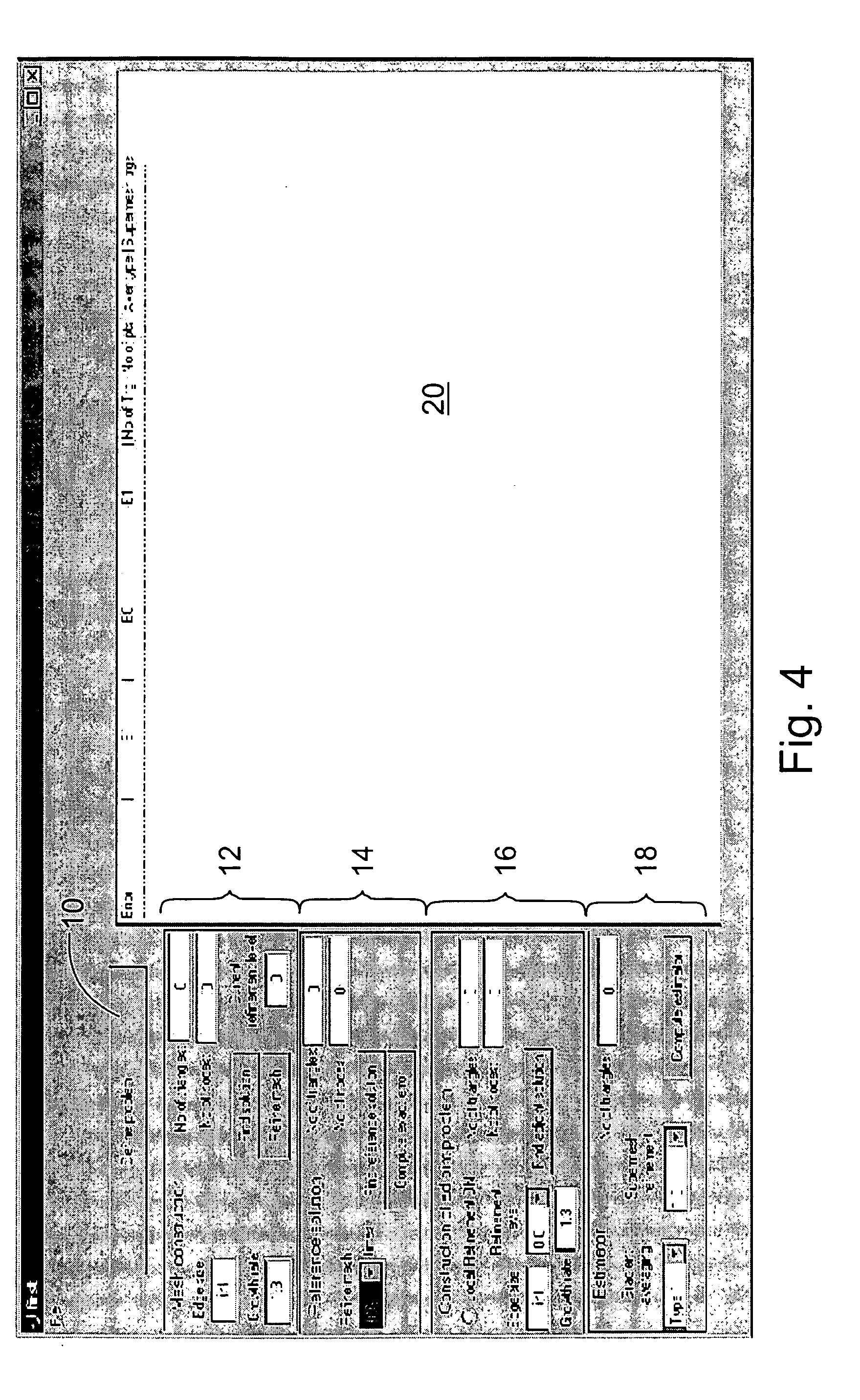Method, system and computer program product for verification of the accuracy of numerical data in the solution of a boundary value problem
a numerical data and boundary value technology, applied in the field of numerical data accuracy verification in the solution of boundary value problems, can solve problems such as unreliable and useless information, and all the results obtained by now are rather far from being satisfactory
- Summary
- Abstract
- Description
- Claims
- Application Information
AI Technical Summary
Benefits of technology
Problems solved by technology
Method used
Image
Examples
example 2
We take (z.sub.1,z.sub.2)=(0.500,0.750) and (q.sub.1,q.sub.2)=(0.375,0.875-). The results of the tests for various values of k.sub.i are presented in Table II.
[0203]
2TABLE II The results of performance of the estimator E for Example 2. M.sub.1 M.sub.2 M.sub.3 k.sub.1 k.sub.2 M N E criterion I.sub.eff 3 4 1 3 3 8 24 0.00495048 0.00500423 0.98925780 3 4 1 2 3 8 20 0.00495048 0.00500423 0.98925777 3 4 1 1 3 8 16 0.00495048 0.00500423 0.98925773 3 4 1 1 2 8 12 0.00493566 0.00500423 0.98629572 6 8 2 3 3 16 48 0.00122594 0.00122749 0.99873983 6 8 2 2 3 16 40 0.00122594 0.00122749 0.99873972 6 8 2 1 3 16 32 0.00122594 0.00122749 0.99873956 6 8 2 1 2 16 24 0.00123056 0.00122749 1.00249939
[0204] We see that the quality of the error estimation remains quite good even if 29 M N = 1.5 ,
[0205] what shows the effectivity of local mesh refinement in the "zone of interest".
[0206] Referring now to FIG. 12 to the results exposed in the table 20 we clearly observe good performance of the estimator for...
PUM
 Login to View More
Login to View More Abstract
Description
Claims
Application Information
 Login to View More
Login to View More - R&D
- Intellectual Property
- Life Sciences
- Materials
- Tech Scout
- Unparalleled Data Quality
- Higher Quality Content
- 60% Fewer Hallucinations
Browse by: Latest US Patents, China's latest patents, Technical Efficacy Thesaurus, Application Domain, Technology Topic, Popular Technical Reports.
© 2025 PatSnap. All rights reserved.Legal|Privacy policy|Modern Slavery Act Transparency Statement|Sitemap|About US| Contact US: help@patsnap.com



